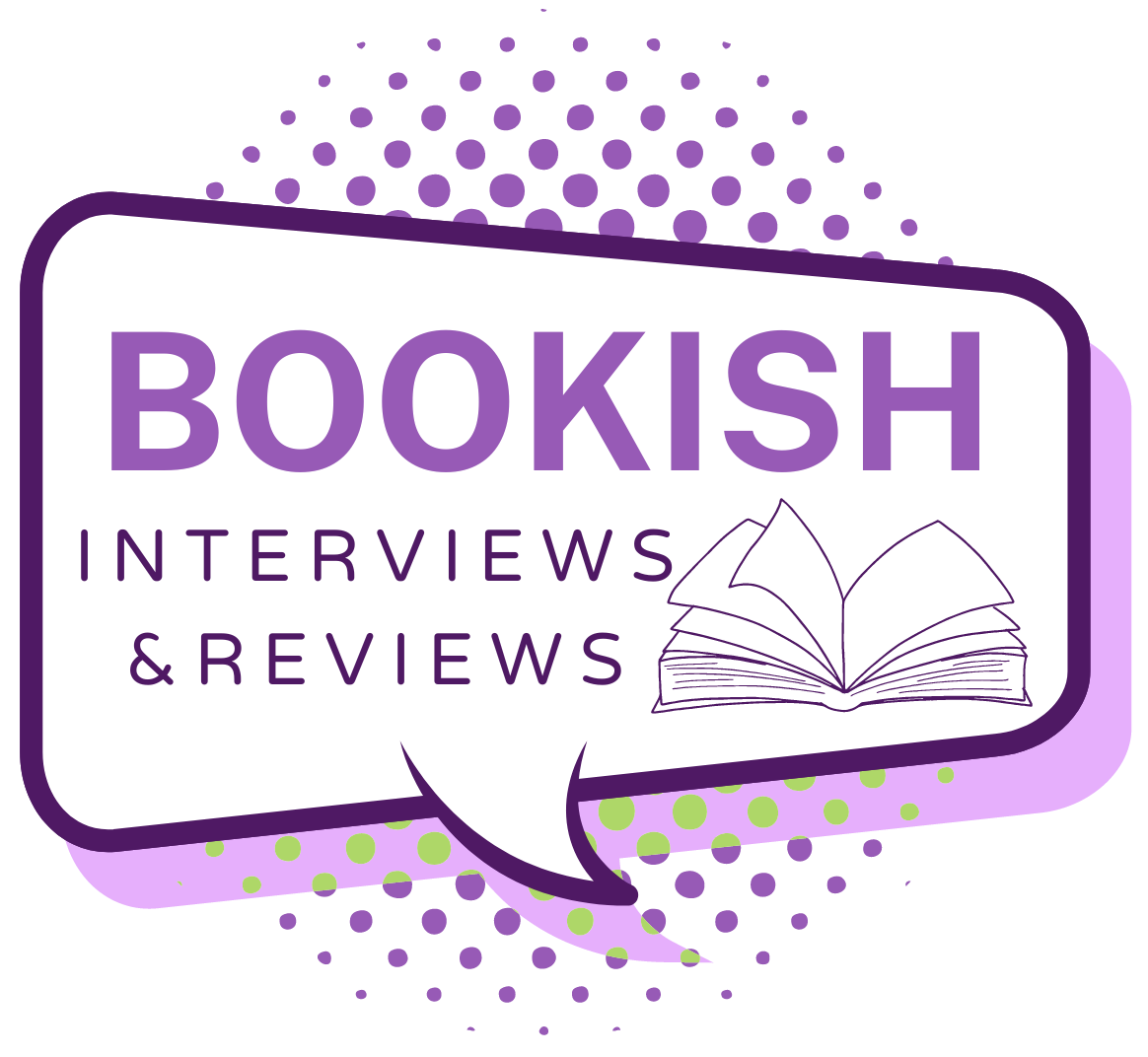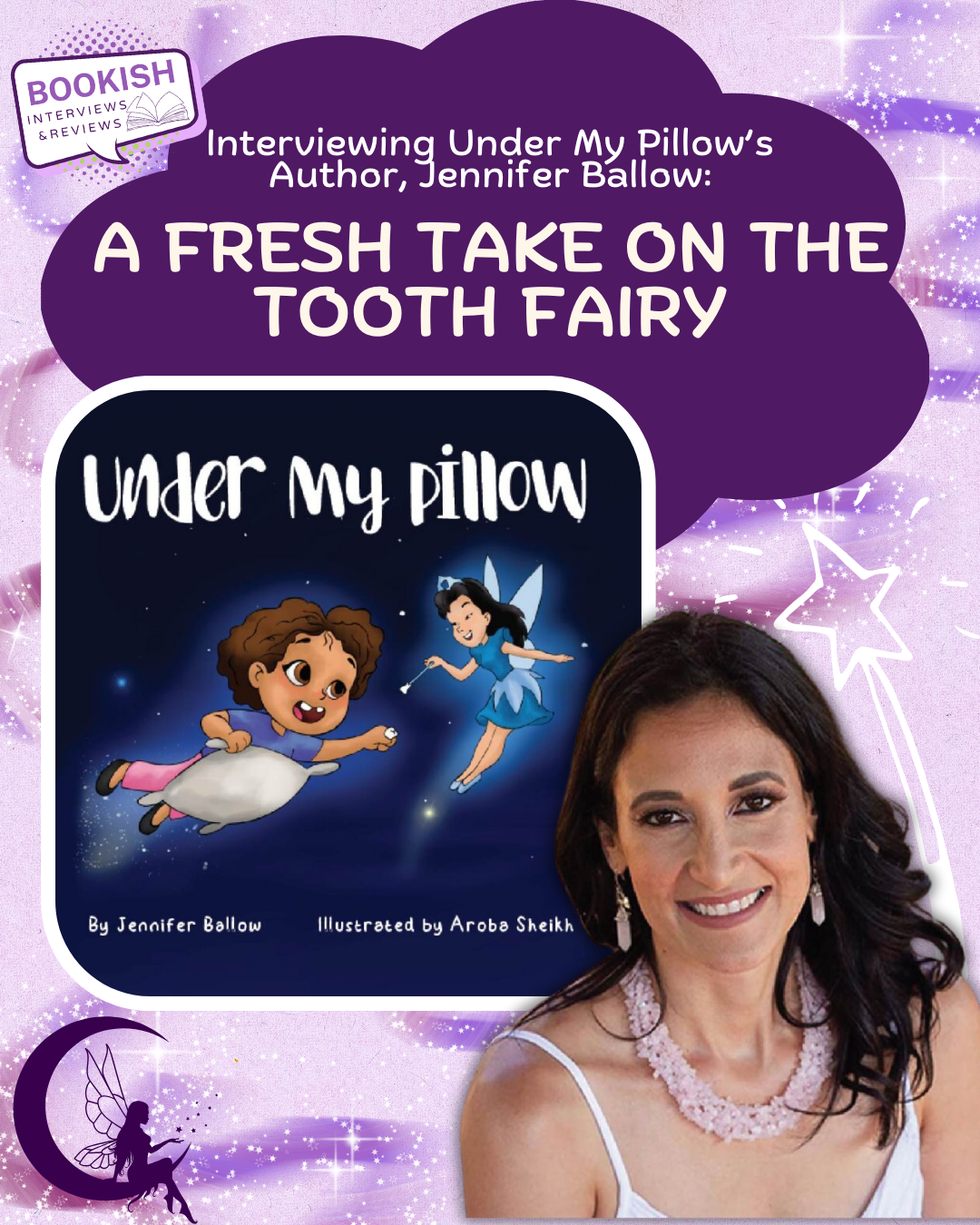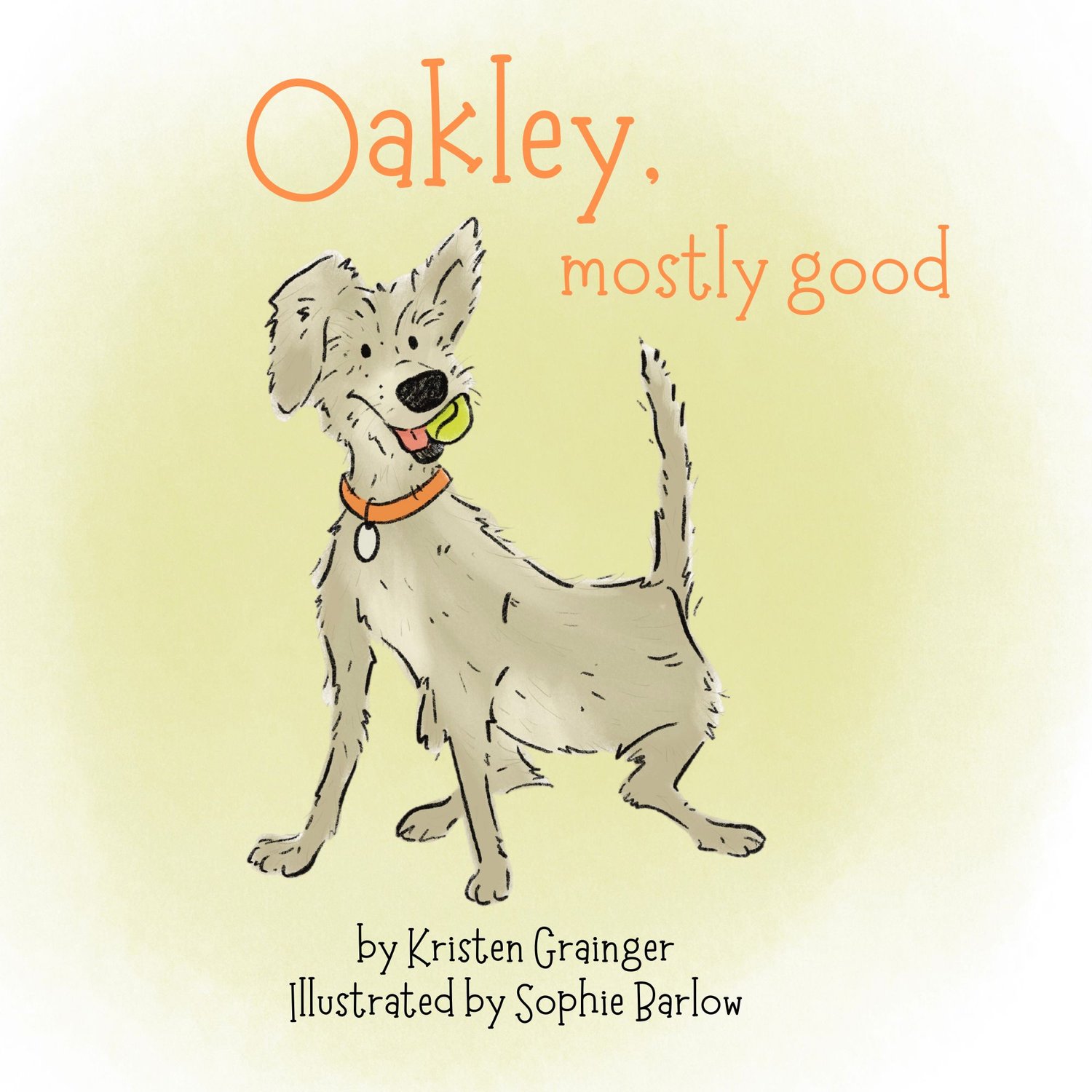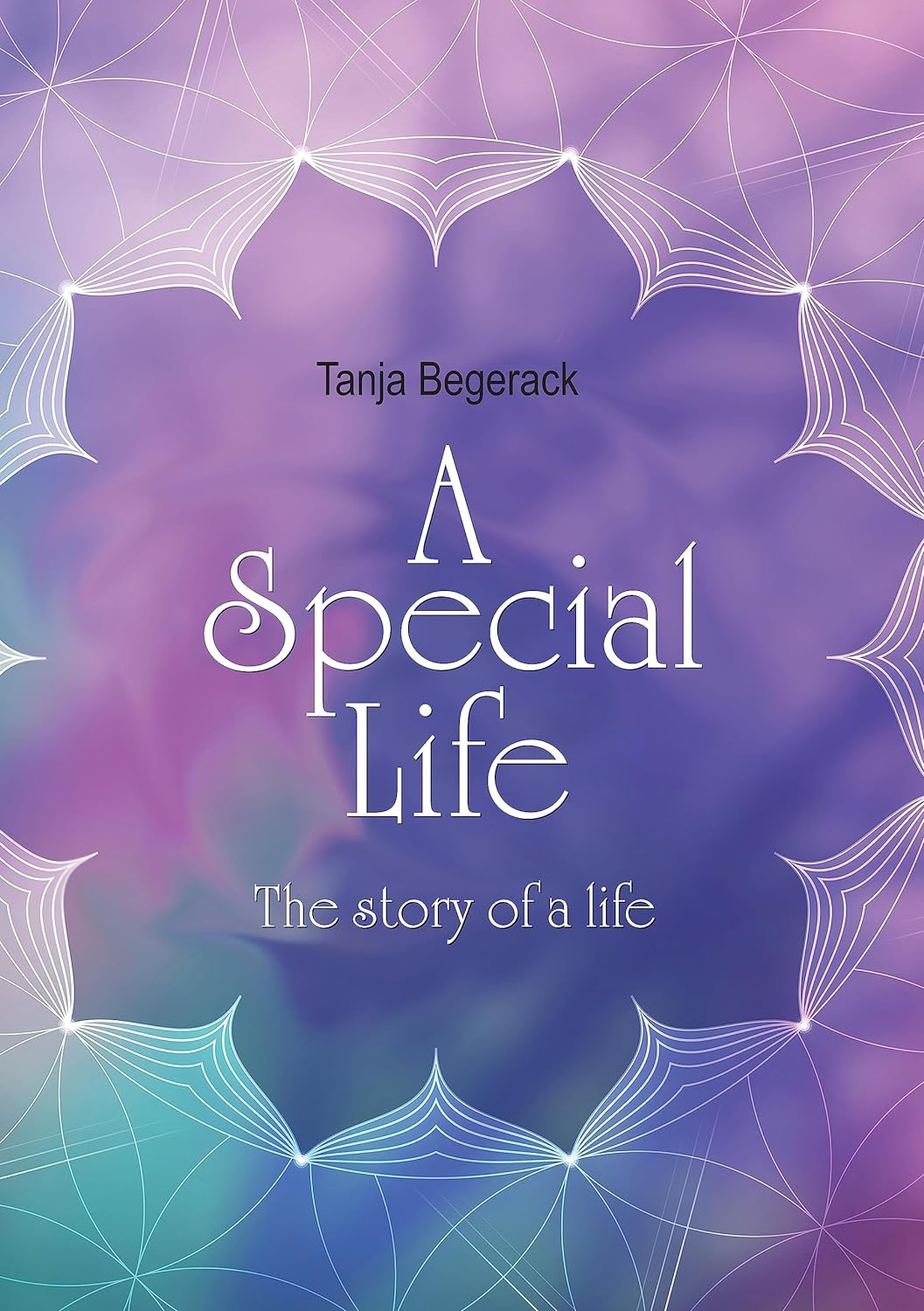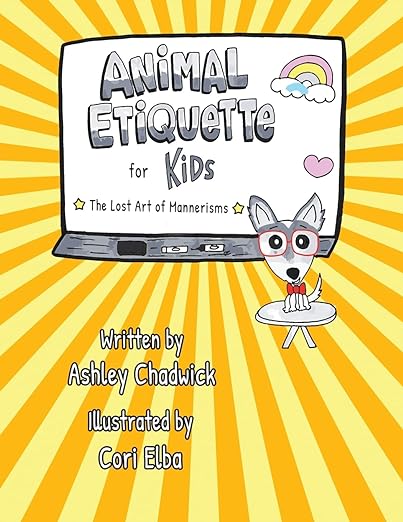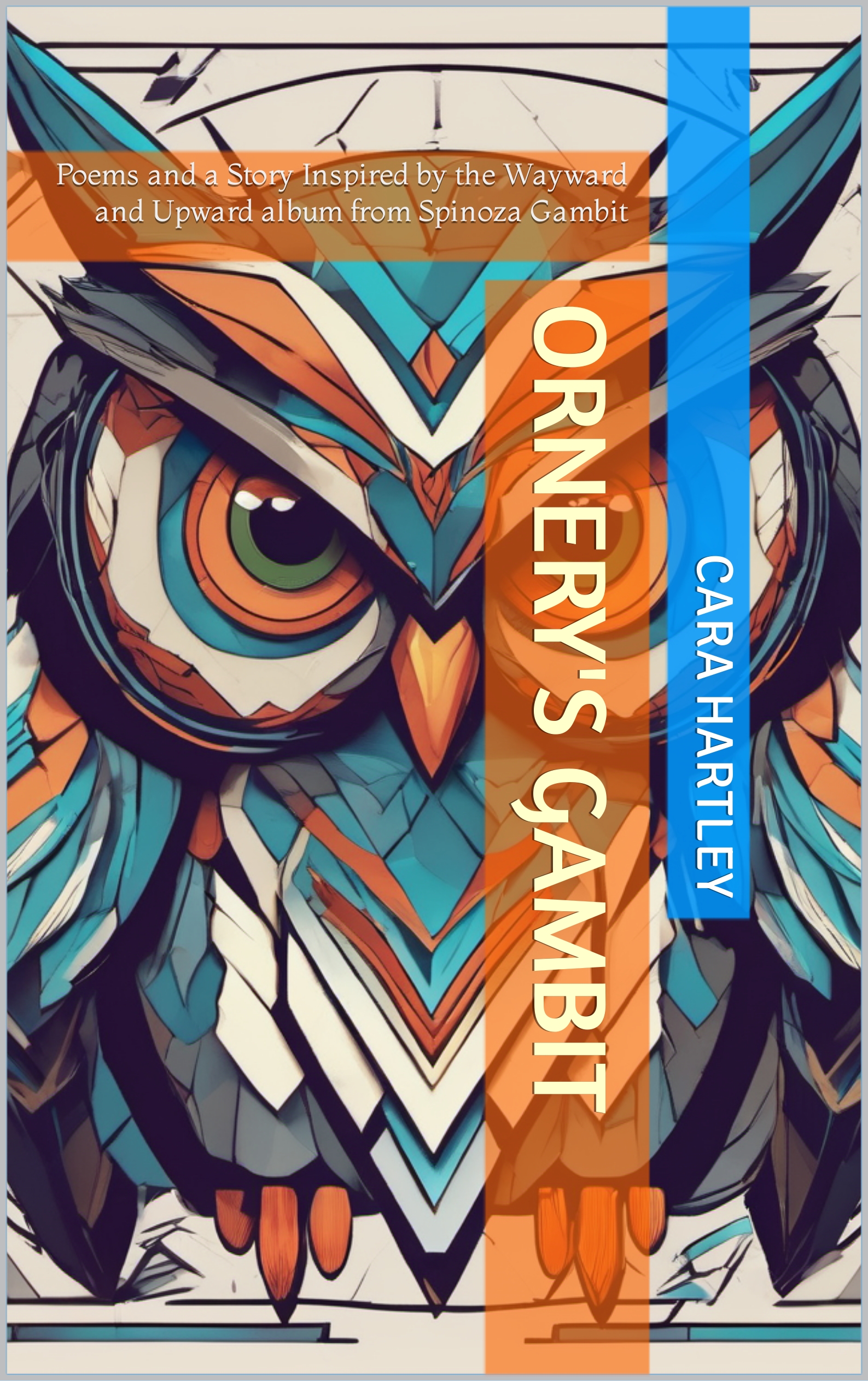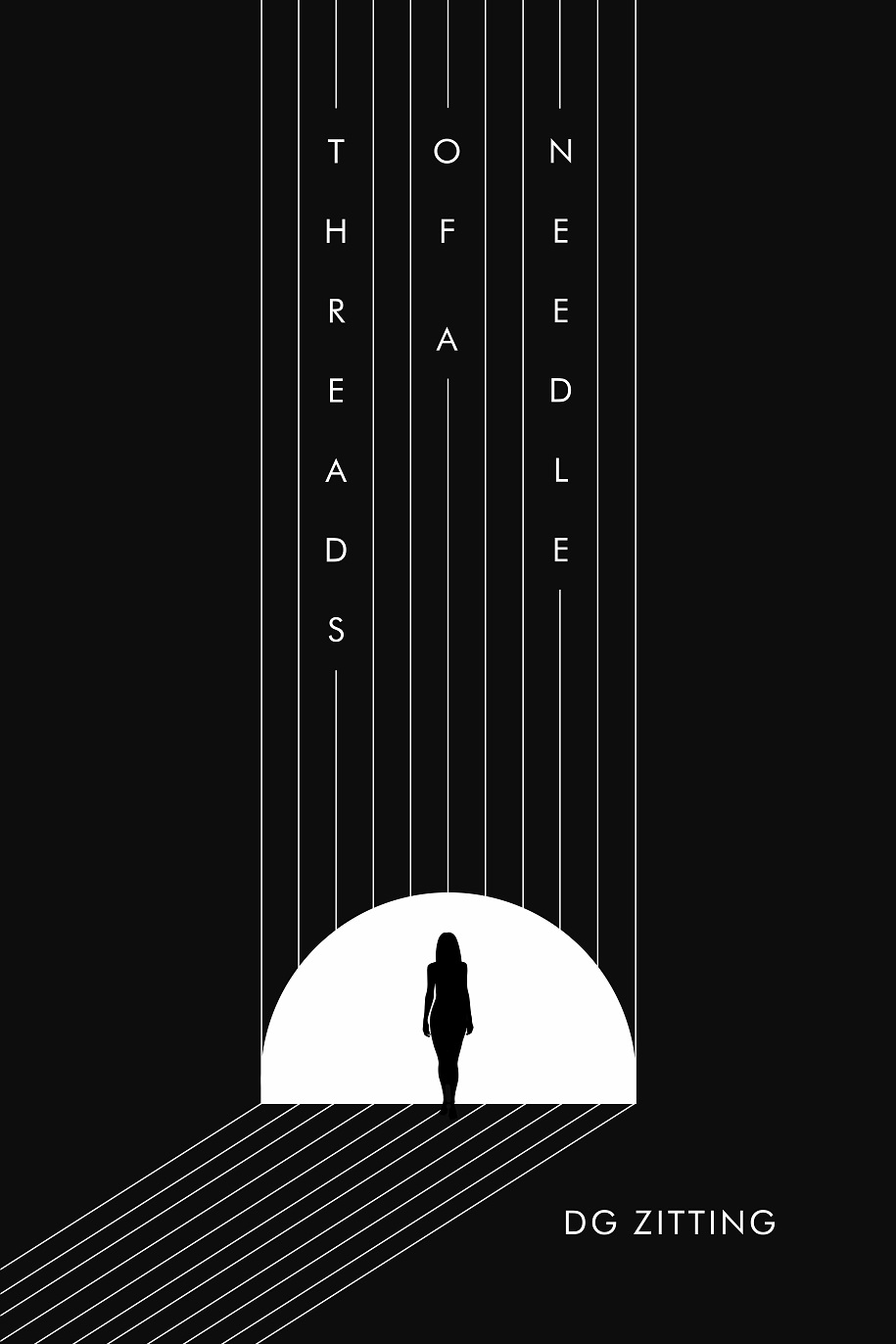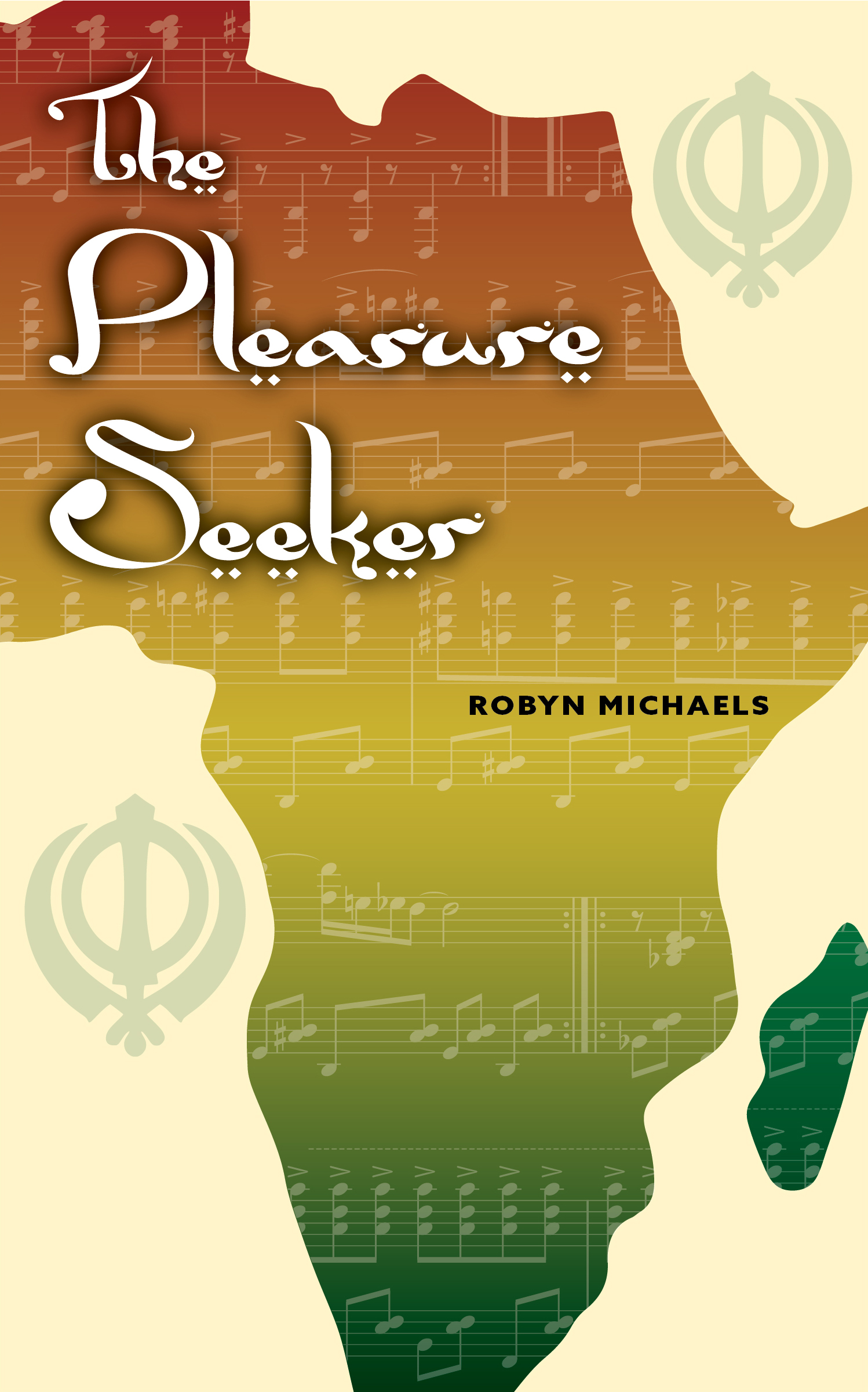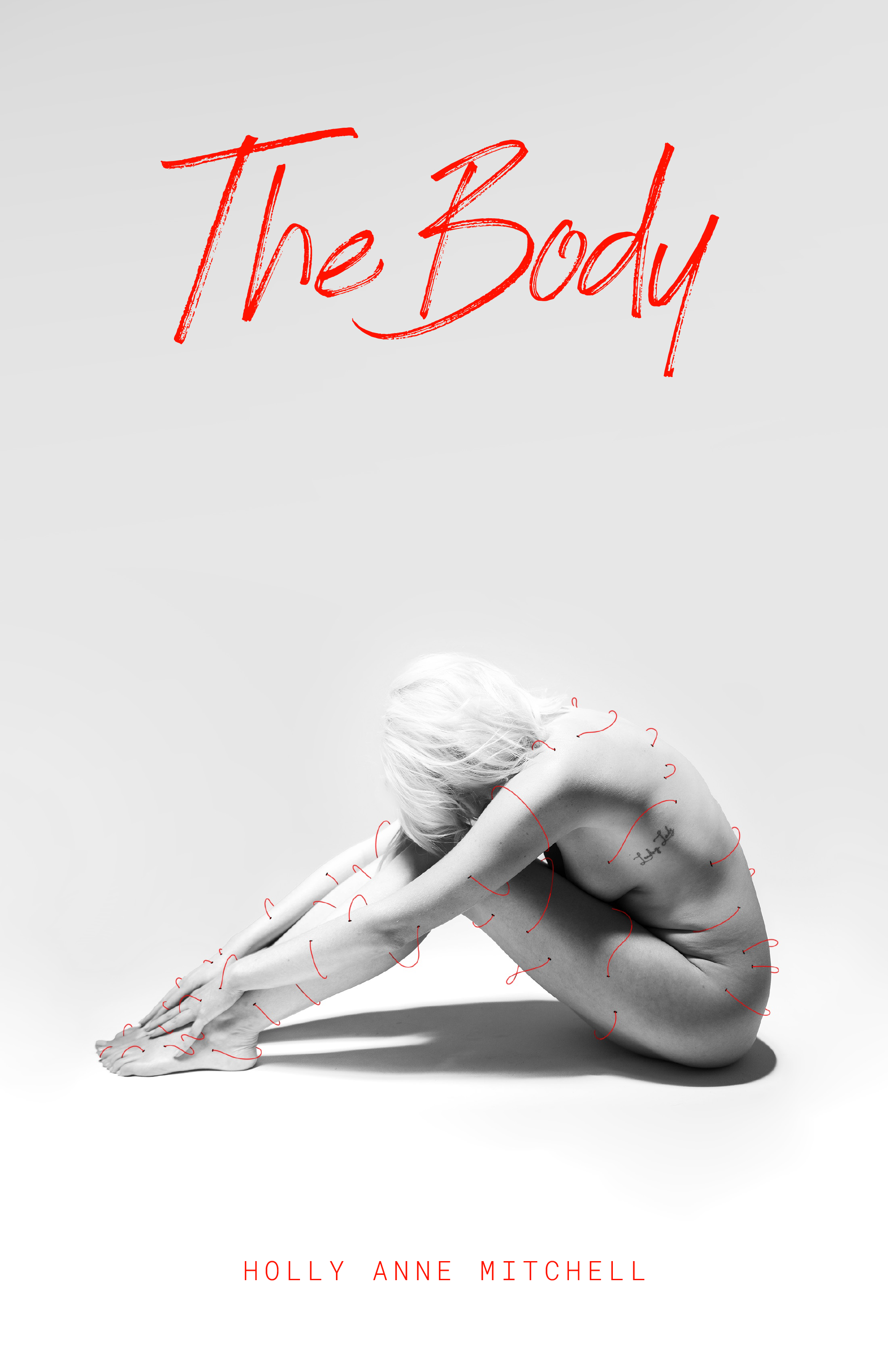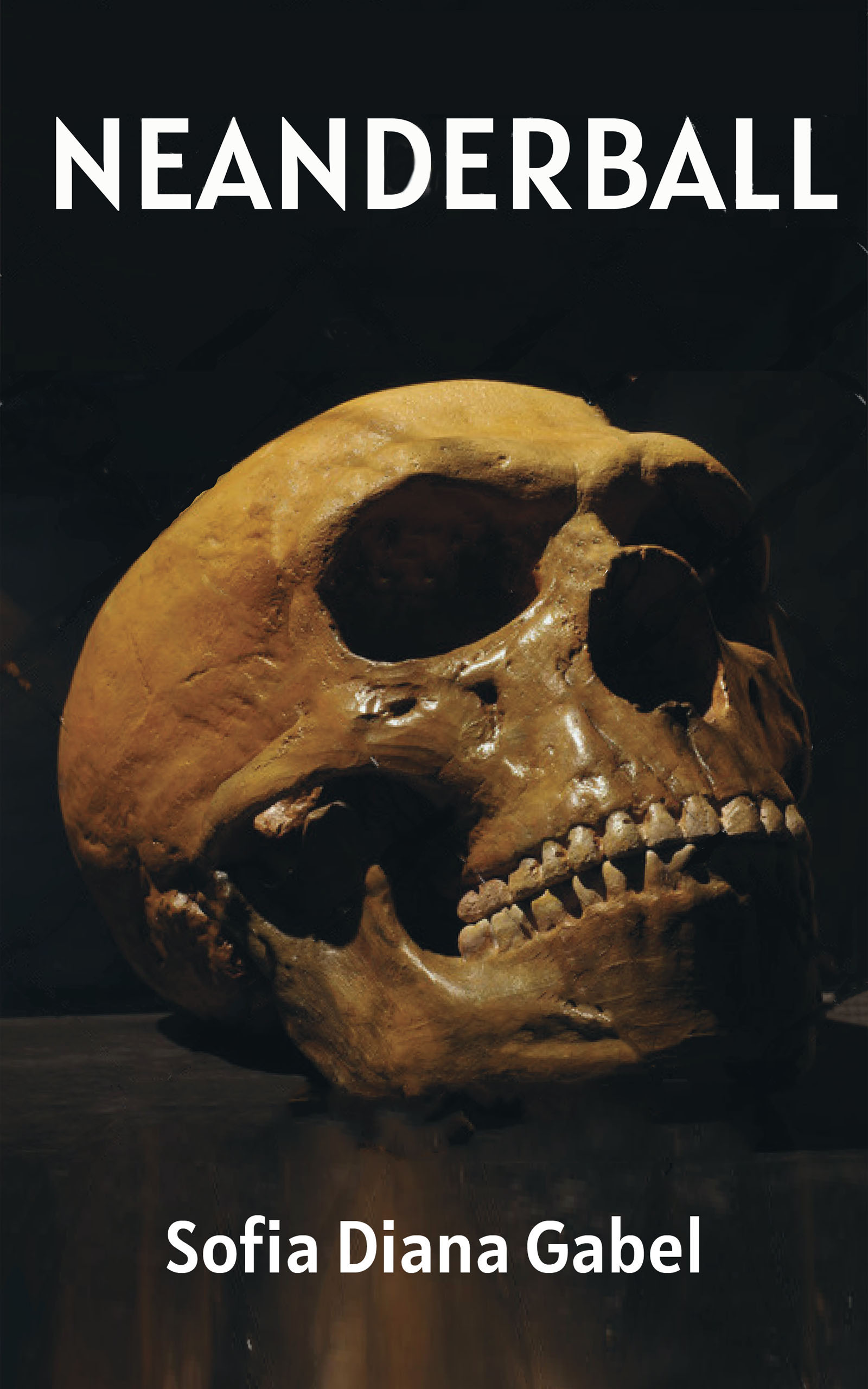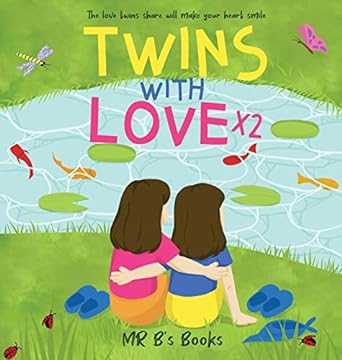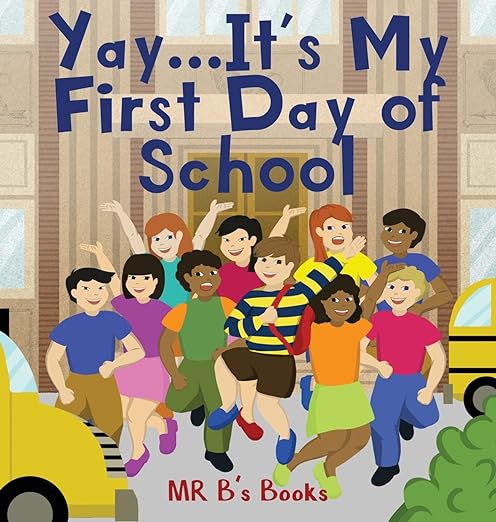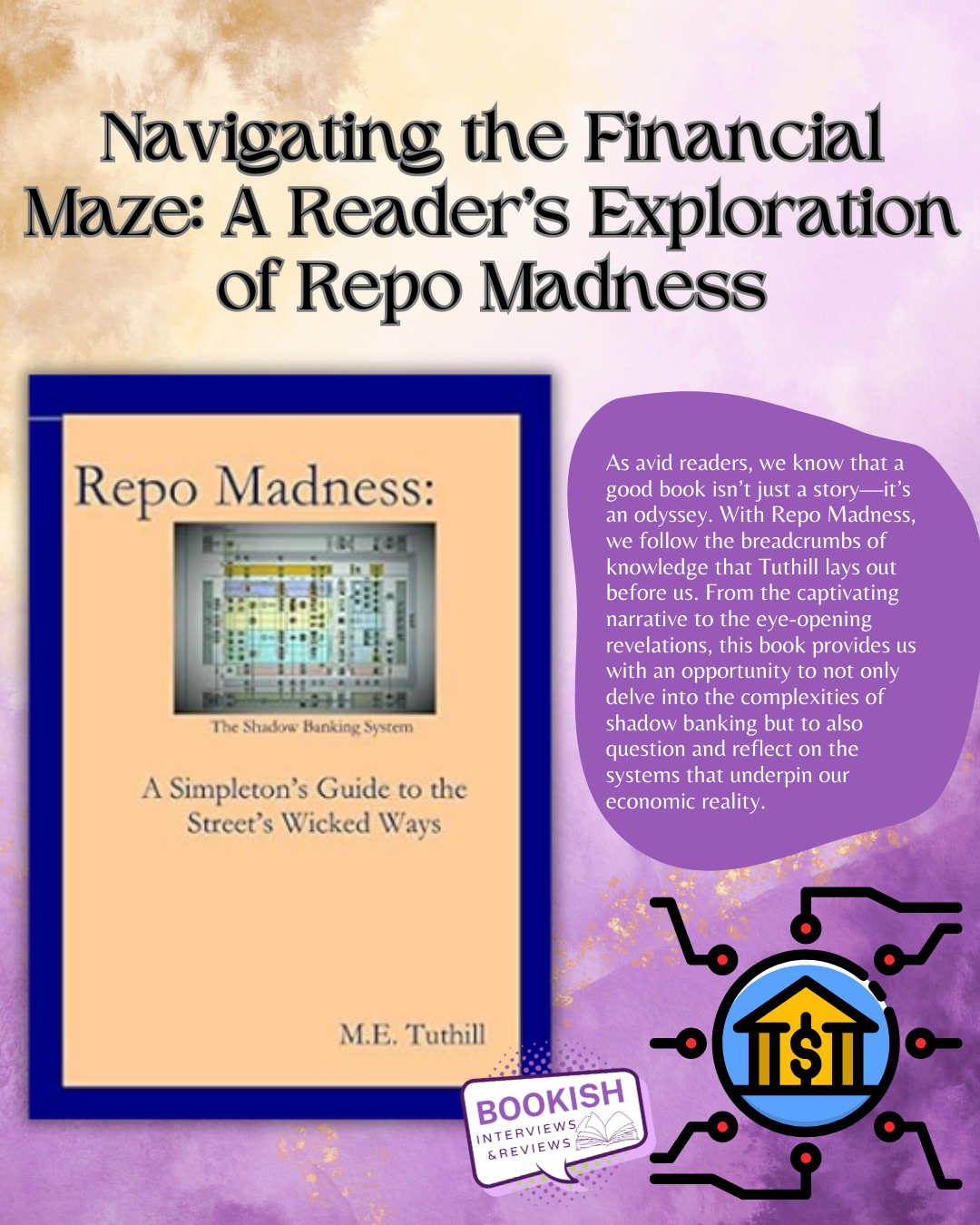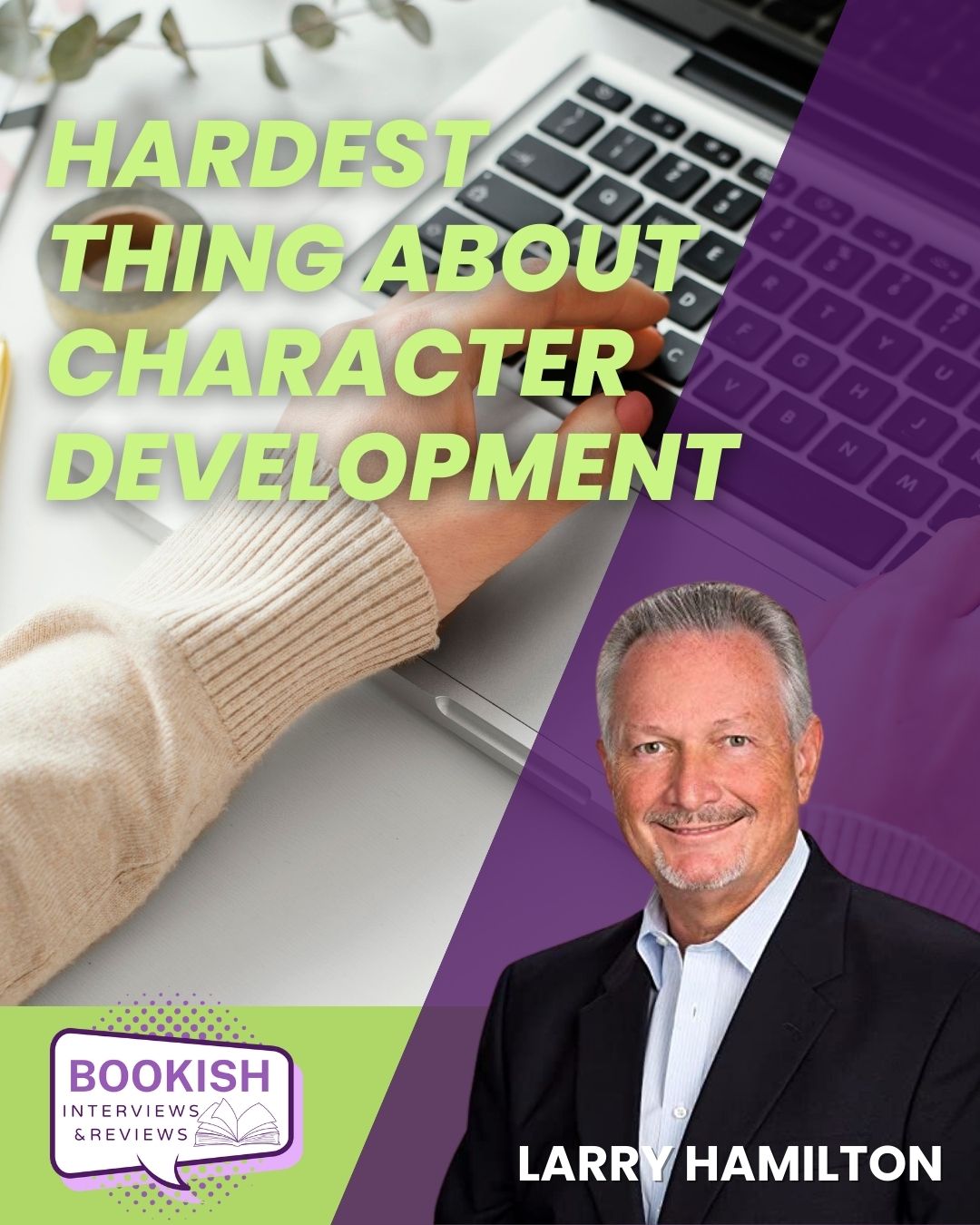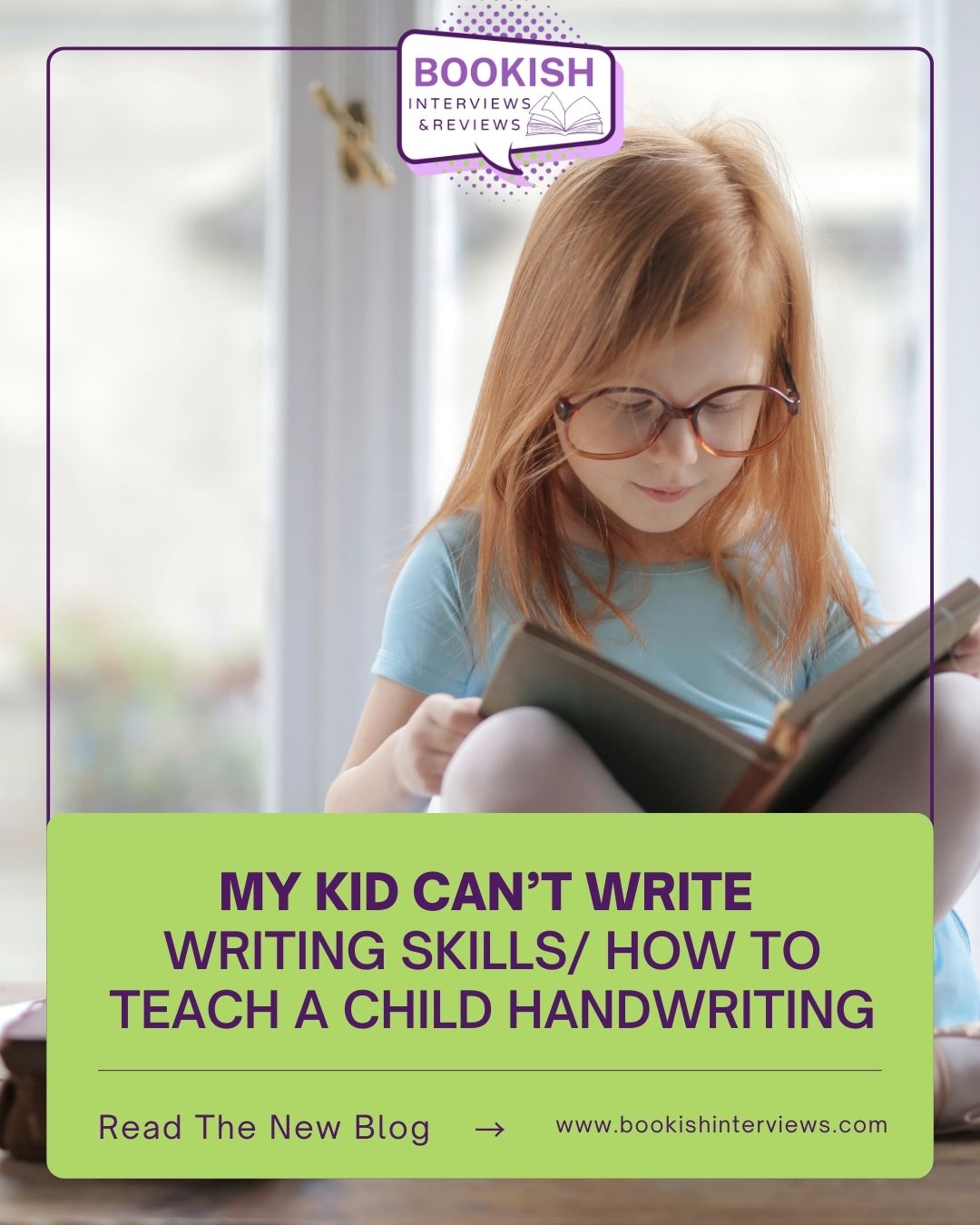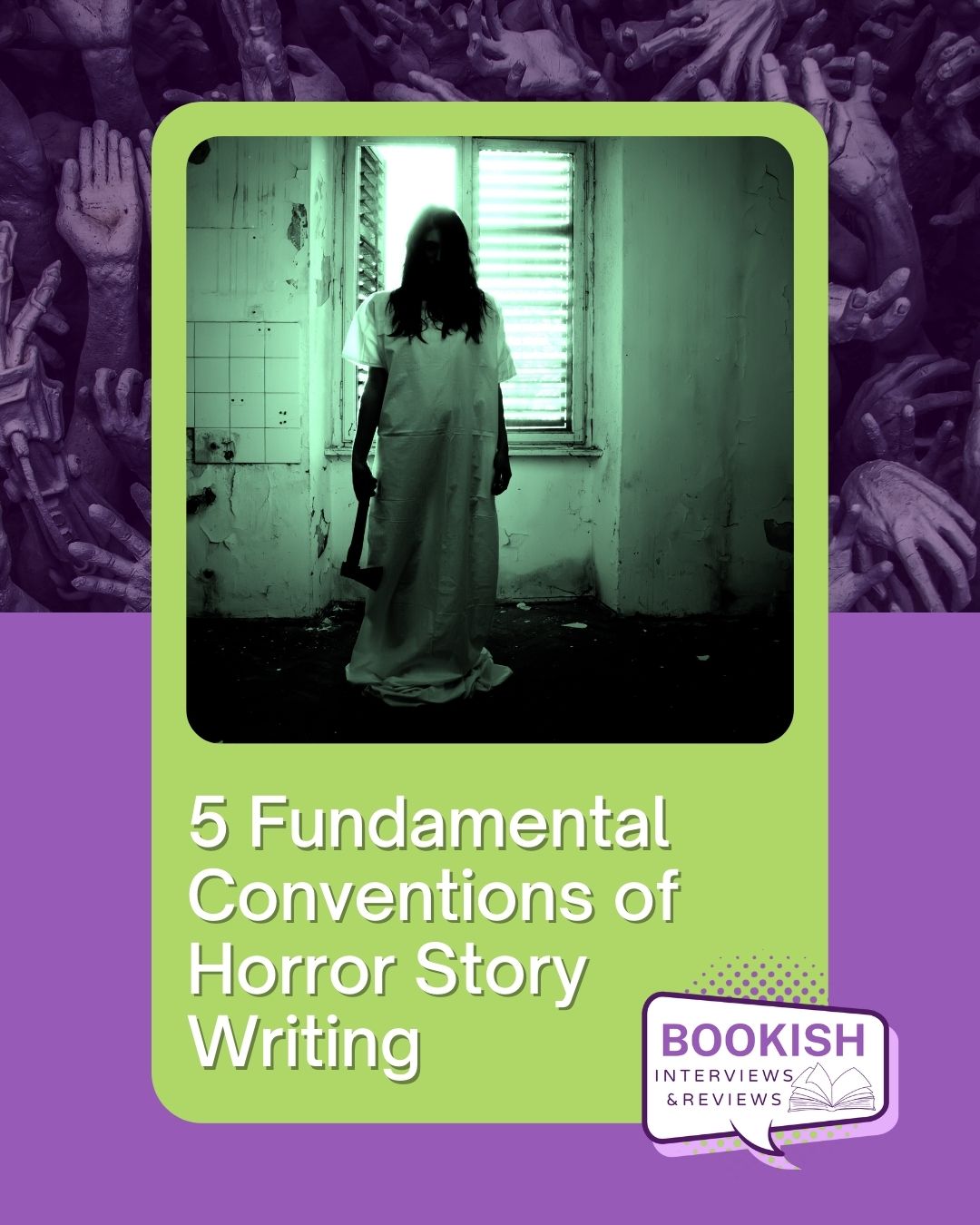Jennifer Ballow is the author of Under My Pillow, a children’s picture book that captivates the hearts of both children and caregivers. With a master’s degree in social work from the University of Texas at Austin, Jennifer brings a unique blend of compassion, advocacy, and storytelling prowess to her work. Her dedication extends beyond the written word, as she passionately advocates for the welfare of children, individuals with disabilities, and older adults. As a devoted mother to twin girls, Jennifer’s personal journey has deeply influenced her work, inspiring her to create narratives that foster connection, imagination, and a love for reading. Her latest children’s book, Under My Pillow, takes readers on an enchanting journey with Samantha, a five-year-old, navigating the excitement and unexpected twists that arise when her first lost tooth goes missing. Read on as we learn more about Jennifer’s creative process and inspirations!
Under My Pillow is a children’s picture book that tackles themes of problem-solving, trust, and forgiveness. What inspired you to weave these particular themes into your story?
 Problem-solving, trust, and forgiveness have one important thing in common: They function in relationship with other people. In our house, if someone has a problem, we all put our heads together on how best to solve it. Everyone brings a different perspective and a different set of ideas. When we open up about our problems, we practice vulnerability, and it’s vulnerability that in turn fosters trust. Where trust and love already live, forgiveness comes second-nature. So, in Under My Pillow, I hoped to show that problem-solving, trust, and forgiveness are skills that not only can be exercised and improved upon, but that are most effective when tackled with, and as part of, a “village.”
Problem-solving, trust, and forgiveness have one important thing in common: They function in relationship with other people. In our house, if someone has a problem, we all put our heads together on how best to solve it. Everyone brings a different perspective and a different set of ideas. When we open up about our problems, we practice vulnerability, and it’s vulnerability that in turn fosters trust. Where trust and love already live, forgiveness comes second-nature. So, in Under My Pillow, I hoped to show that problem-solving, trust, and forgiveness are skills that not only can be exercised and improved upon, but that are most effective when tackled with, and as part of, a “village.”
Can you give us a brief overview of the storyline of Under My Pillow and how the themes play out within the narrative?
When the book opens, main character Sam has her first loose tooth. She goes on to lose it and puts it under her pillow for the tooth fairy. The next morning, no gift and no tooth! Sam must partner with her mom, the tooth fairy, and the tooth fairy’s helper—a bird named Gordy—to solve the problem of her missing tooth. She must trust in the group’s ability to find the tooth, and then, when it turns out one of the group members may have played a role in the tooth’s disappearance, Sam must learn to forgive the prankster perpetrator.
In the book, the characters encounter challenges that require problem-solving. How did you approach presenting problems in a way that young readers can relate to and understand?
Since the primary readership for Under My Pillow is kids aged four to eight, I tried to keep the story simple and straightforward. Sam’s mom tells her that the tooth fairy will exchange her lost tooth for a gift, so when there’s nothing—no tooth, and no gift—it’s immediately apparent that the “rules” of Sam’s world have been broken and it’s up to her to set things straight. Kids lose things all the time, right, so they’re bound to recognize Sam’s dilemma and relate to how she feels. The fact that it’s her tooth that’s gone missing heightens the tension, I think, because in a book about a mythical creature where almost everything is imaginary, the tooth is the one indisputably real, tactile element.
The Tooth Fairy is often a way for children to engage with the concept of loss in a positive and comforting manner. How does your story approach this aspect of the experience?
The tooth fairy keeps the fact of losing teeth light in two ways. First, she takes the lost tooth away in the middle of the night, so kids don’t have to experience the loss directly. Second, she exchanges the tooth for a present—so in the end, something is lost but something even better is gained. These two aspects help make the boo-boo better, so to speak.
Encouraging your children to write a letter to the tooth fairy expressing their feelings can also help them to process the loss and feel “heard,” especially if the tooth fairy responds! In Under My Pillow, that’s just what Sam does, at the suggestion of her loving mom. Sam’s mom reassures her daughter that losing a tooth is natural and a sign of becoming a “big girl.” She uses simple language and smiles throughout, normalizing the process at the same time that she’s initiating Sam into a fun new tooth fairy tradition
Do you think the concept of the Tooth Fairy has evolved or changed over time? How does your interpretation contribute to the ongoing legacy of this figure?
Art has always shaped the public imagination, and historically, artistic portrayals of the tooth fairy have looked something like Barbie: petite, white, and blonde. I wanted to question that paradigm and reflect more of the diversity I see in the world around me (and hopefully in that of my readership). For that reason, I re-imagined the tooth fairy as Asian and black-haired, and main character Sam as a girl of color. I thought about making the tooth fairy older, too, since in this country we prioritize youth, but ultimately decided against it because I saw her as more of a mother figure than a grandmother figure.
For an excellent and heartwarming portrayal of grandmother-age fairies, see Disney’s Sleeping Beauty, and The Little Mermaid (2023) for an alternate-to-the-Anglo-ideal Ariel. Although Disney has done a lot to perpetuate certain stereotypes, those characters at least are some they got right! Also, fellow writers, idea alert: I can’t wait to read a tooth fairy story in which the tooth fairy is male!
Could you share any challenges you faced in crafting a unique and fresh take on the Tooth Fairy, considering its familiarity in popular culture?
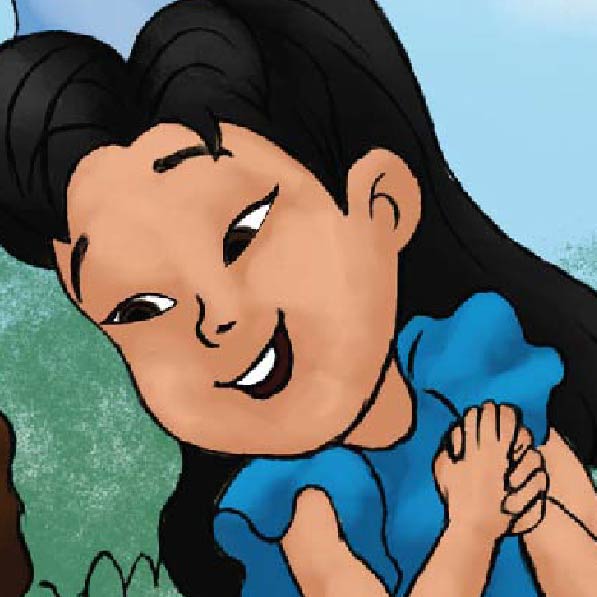 Beyond wanting to change up the tooth fairy’s appearance, I felt stumped when it came to adding something new to her well-known storyline. I started by doing a free write, a stream-of-consciousness style brain dump where, over twenty pages or so, I jotted down all of my random ideas and whatever else came to mind. I had the central conflict—Sam’s first lost baby tooth would go missing—but what happened after that or who swooped in to help wasn’t clear to me at first. It was actually a writing coach I hired who supplied the missing link: Gordy, the tooth fairy’s pet bird! No other tooth-fairy-themed book that I know of includes a bird with blue feathers, a red head, an orange beak, and green eyes. Gordy ended up being the third point of the “Sam/tooth-fairy triangle” that brought the rest of the story to life.
Beyond wanting to change up the tooth fairy’s appearance, I felt stumped when it came to adding something new to her well-known storyline. I started by doing a free write, a stream-of-consciousness style brain dump where, over twenty pages or so, I jotted down all of my random ideas and whatever else came to mind. I had the central conflict—Sam’s first lost baby tooth would go missing—but what happened after that or who swooped in to help wasn’t clear to me at first. It was actually a writing coach I hired who supplied the missing link: Gordy, the tooth fairy’s pet bird! No other tooth-fairy-themed book that I know of includes a bird with blue feathers, a red head, an orange beak, and green eyes. Gordy ended up being the third point of the “Sam/tooth-fairy triangle” that brought the rest of the story to life.
Finally, what message or feeling do you hope readers take away from your story?
Under My Pillow is a happy-feeling book! There are some tense moments and times where main character Sam must practice trust, problem-solving, and forgiveness, but everything turns out well in the end. I hope my story helps to allay kids’ fears and anxieties about losing their baby teeth, as well as helps them understand empathy, teamwork and friendship. All of these lessons give kids something to look forward to and gives them important tools to deal with life’s inevitable problems or issues.
You can purchase and check out more info related to Under My Pillow on the author’s website and Amazon. Be sure to follow Jennifer on social media too, Facebook and Instagram
Under My Pillow
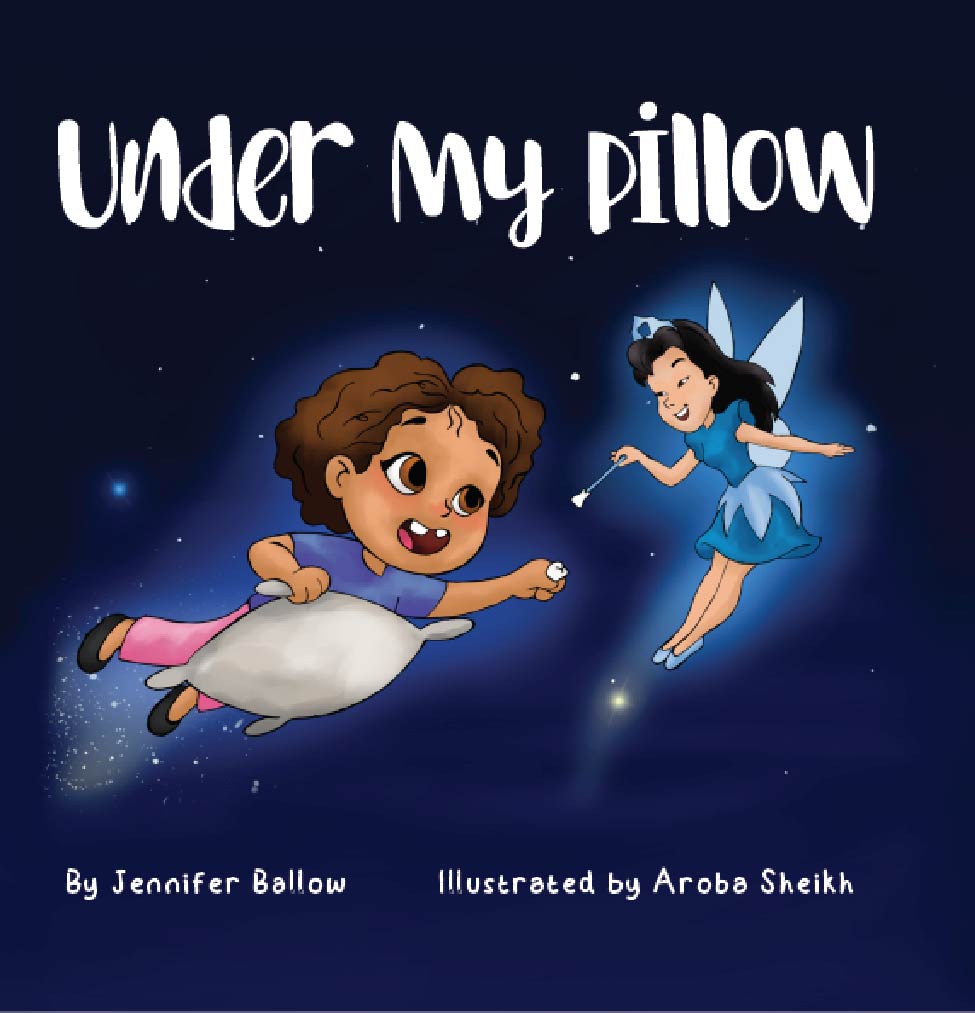 Five-year-old Samantha loses her first tooth.
Five-year-old Samantha loses her first tooth.
After putting her tooth under her pillow, Sam goes to bed excited about the present she hopes to discover the next day. Yet, she wakes up only to find an unpleasant surprise.
There’s nothing under her pillow! No present or tooth. She goes on a quest to solve the mystery with the help of the Tooth Fairy and her feathered friend.
Will all turn out happily ever after?
Under My Pillow explores the themes of problem-solving, trust, and forgiveness in this fun and surprising tale.
